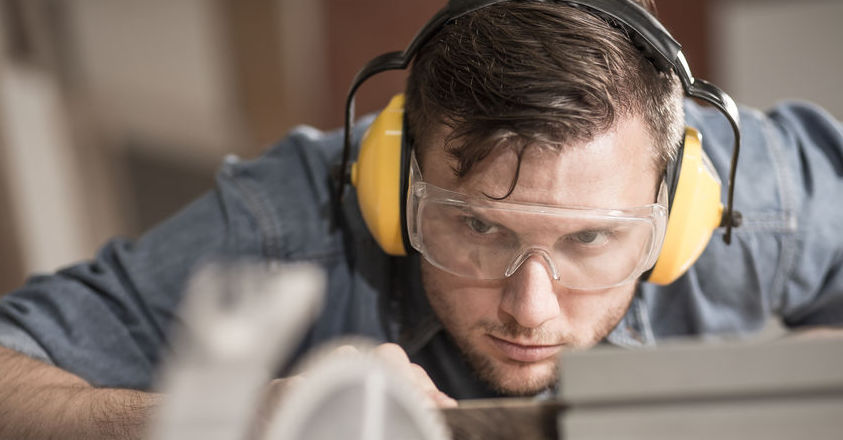
BY NICK BEGICH, GUEST CONTRIBUTOR
Anchorage was recently rated as the Hardest Working City in America among 116 of the nation’s largest cities.
The ranking was determined by an assessment of hours worked, labor participation rate, and other factors.
We aren’t just working hard, we’re working harder than the rest of the United States.
As Alaskans, we display our work ethic as a badge of honor, pulling far more than our expected weight in our households and our communities. Of course, all our hard work isn’t only a reflection of our values, but is a matter of practical reality.
It should come as no surprise that Alaska has the fifth highest cost of living among US states, according to the Council for Community & Economic Research. Unfortunately, after adjusting for cost of living, Alaska ranks in the bottom 34 percent of states for household income. This high cost of living erodes our quality of life and diminishes our ability to save for the future.
Now, facing an imbalanced fiscal outlook, we are told that all our hard work is not enough and that it’s time to establish a new tax on Alaskan workers. Are we being asked to dig deeper in order to support a high functioning, efficient set of government services or are we simply propping up a wasteful bureaucracy in desperate need of overhaul?
One data point can be seen in our education spending. Alaska spends more per K-12 student than any state in the country outside of New York. Yet Alaska ranks 45th in school system quality according to this panel of national experts.
Further, despite real per-student spending having increased by over 70 percent over the past 45 years, Alaska’s SAT scores are actually 3 percent lower, according to the College Board. The increased spending, as structured, has not delivered.
These facts have not escaped this session’s Senate Education Committee. The group is working through SB 96 and other measures to improve upon the current system in ways that realize efficiencies while improving outcomes, including efforts that:
- Increase access to virtual education
- Redirect spend from administrative overhead to classroom instruction
- Provide grants to local districts that realize budgetary cost savings, and
- Explore the merging of schools that are too far below their capacity
Alaska’s budgetary number as a simple figure is impossible to understand without some context. Here are a few unfortunate facts related to the present size of our state budget:
- Alaska has budgeted more annual spending per capita than tax headliners New York or California.
- The 49th State ranks #1 in annual budget per capita nationwide.
- Alaska has the dubious distinction of budgeting nearly $10,000 per man, woman, and child in total spend for this fiscal year.
- The equivalent of over 43 percent of Alaskan’s household income is currently earmarked for State government spending, which is an unsustainable and irresponsible level.
The data make it clear that as Alaskans we’re already doing all that we can and perhaps more than we should to keep the heater burning, gas in the tank, and food on the table.
In spite of all of this, we’ve been told that Alaskans aren’t giving their “fair share.” Rather than a rush to add more burdens to Alaskan families, let’s make sure we are doing the hard work to make government more efficient and effective for those it serves.
Nicholas J. Begich III is a technology executive, entrepreneur, and investor. He serves on the board of MTA, Baylor University’s business accelerator LAUNCH, and committees of the Alaska Republican Party. Nicholas holds an MBA from Indiana University’s Kelley School of Business with concentrations in Information Technology and Decision Support Modeling, and a BBA in Entrepreneurship from Baylor University’s Hankamer School of Business. He lives in Chugiak with his wife Dharna Begich, Pharm.D, and their son, Nicholas IV.